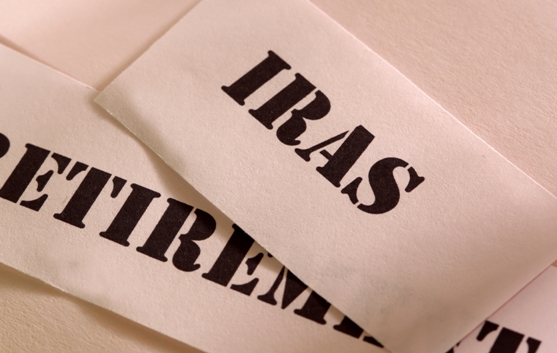Sitting on far greater percentage of stocks than traditional IRA holders
Regardless of age and account size, Roth IRA investors are content to ramp up on equity risk in the retirement accounts.
An analysis by the Employee Benefit Research Institute of nearly 15 million individual retirement accounts revealed vastly different allocations when it came to traditional IRAs, which originate from pre-tax contributions and have taxable distributions; Roth IRAs, which have nondeductible contributions and tax-free distributions; and traditional rollover IRAs, which stem from defined-contribution plans.
During 2010, Roth IRA holders had as much as 66.3% of their allocation in equities. Even among those who were over age 70, some 52.1% of Roth IRA assets were socked into equities. By comparison, IRA rollover owners of that age range held 36.6% of their assets in stocks.
Bonds made up only a tiny sliver of the allocation in Roth IRAs. Account holders over age 70 had 15.1% of their assets in bonds and 9.3% in money market funds and certificates of deposit.
Balance sizes didn't appear to curb Roth holders' appetite for risk. Those with the tiniest accounts — less than $10,000 in assets — held 61.5% of their dollars in equities. Those with more than $250,000 in assets were a little more conservative, with an equity allocation of 48%, but this was still higher compared with the equities concentration for IRA rollovers of that size: Those accounts had 38.4% allocated toward stocks.
The greater appetite for risk in Roth IRAs goes back to how these account holders view the products once they get to retirement, according to EBRI senior research associate Craig Copeland.
When it comes to tax-efficient withdrawal strategies, tax-free accounts — namely the Roth IRA — are drawn down last in retirement, preceded by taxable accounts and tax-deferred accounts, depending on the way income is taxed.
A greater equity allocation gears the Roth account for growth, and income withdrawals aren't necessarily a priority.
“Investors want to build up the Roth account; they don't expect it to be used for retirement immediately,” said Mr. Copeland. “It's more of an accumulation vehicle as opposed to distribution.”







